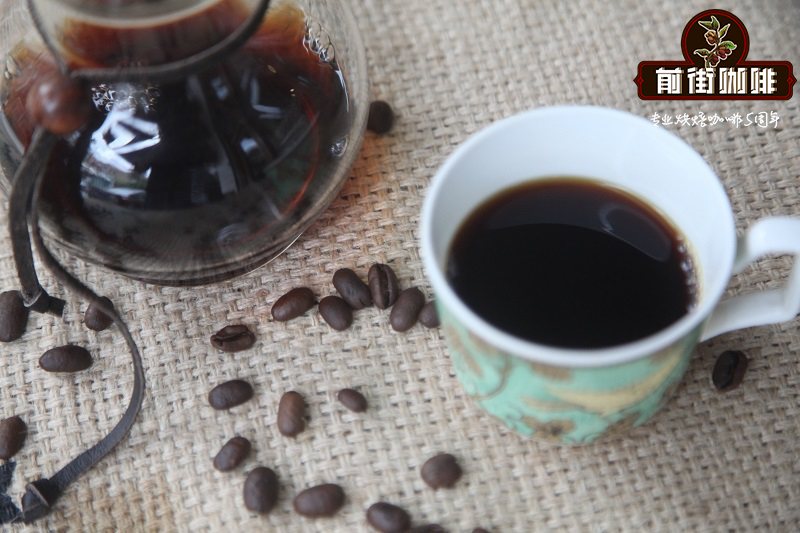Kenya coffee bean grading system introduction to Kenya coffee bean grading production mode and treatment

Professional coffee knowledge exchange more coffee bean information please follow the coffee workshop (Wechat official account cafe_style)
The quality of coffee is strictly controlled in Kenya. The grading system of Kenyan coffee beans is divided into AA,AB,C,E,PB,TT,T,ML,MH according to their size and shape. These grades mainly distinguish the shape and size of beans, but not absolutely represent the quality of beans. Many people believe that beans with larger grains contain more oil that produces the aroma of coffee, and because of this, beans with larger grains are more expensive in the market.
Take the Kenyan AA coffee bean grading system as an example. In the same grade of beans, the highest grade is manor beans, followed by "+". Then, according to the general AA,AB grade, the AA,C grade is smaller, and the E grade is large elephant beans. TT, T, ML, and MH are local non-flowing beans.
PB (Peaberry Dou)
In particular, round beans (PB) are usually produced at the end of coffee trees that bloom too late or too early. Because the yield is rare, accounting for only 10% of the output, the round beans produced by the same coffee tree are more expensive than other flat beans (Flat Bean). When round beans are specially collected together, defective beans are mostly removed, the proportion of defects is reduced, and the particles tend to be more consistent, making the baking more uniform and taste improved.
As for the distinction of quality, Kenya uses the digital grading method to distinguish the quality of coffee, but this digital grading method is not much publicized, so few people know about it. Therefore, the classification is based on particles, and the PB with different shapes is about the same as AA, but if it is manor or +, it is two or one grade respectively. For example, AB manor beans are about the same as AA+ and PB+.
Due to the different production conditions every year, it will directly improve the quality of coffee beans, grading is for reference only.
There are many producing areas in Kenya that strive to preserve the native forest ecosystem, protect the natural gene pool, support the reproduction of wild coffee varieties and breed a variety of coffee trees. In 1930, the unique Kenyan varieties SL28 and SL34, which were cultivated and named by the "Scott Laboratories" laboratory, were born under such a good environment. According to botanists in SL laboratory, SL28 and SL34 are genetic variants.
Producing area: Sika producing area (Thika)
Producer: honey Cooperative (The Asali Mugaga Cooperative)
Variety: SL28 & SL34
Grade: AA Top
Altitude: average 1700 m
Treatment: washing treatment
Baking degree: medium and shallow baking
Flavor description: green apples, berries, caramel, coffee berries sweet, bright and juicy, crisp and sweet.
Kenya, located in East Africa, is one of the major coffee producing countries. More than 6 million people in the country are engaged in the coffee industry, mostly in the form of a combination of small farmers and cooperatives. Coffee trees in Kenya are mostly planted at 1400 m-2000 m above sea level, and the growth areas include Ruiri, Thika, Kirinyaga and Mt. Kenya West, Nyeri, Kiambu and Muranga. Mainly in the foothills of Mt.Kenya and Aberdare.
Important Notice :
前街咖啡 FrontStreet Coffee has moved to new addredd:
FrontStreet Coffee Address: 315,Donghua East Road,GuangZhou
Tel:020 38364473
- Prev

Which brands of Tanzanian coffee wash Tanzanian coffee beans with blackcurrant flavor
Professional coffee knowledge exchange more coffee bean information please follow coffee workshop (Wechat official account cafe_style) Tanzania Coffee Coffee growing area: African Coffee species: medium concentration Coffee description: refreshing acidity and medium mellow complement blackcurrant and sweet orange flavors: washing with flavors: blackcurrant, orange and lemon-like coffee
- Next

I've seen too many Roman holiday movies. Have you ever had Roman holiday coffee? Roman Holiday Coffee practice
Professional coffee knowledge exchange more coffee bean information please follow the coffee workshop (Wechat official account cafe_style) Roman Holiday the great Billy Joel implored, do not change, Peace Coffee now classic spring signature drink is Roman Holiday. Espresso, stir the candied lemon peel with ice and cream. Served in a cocktail glass, it cares as much as Sunday
Related
- Detailed explanation of Jadeite planting Land in Panamanian Jadeite Manor introduction to the grading system of Jadeite competitive bidding, Red bid, Green bid and Rose Summer
- Story of Coffee planting in Brenka region of Costa Rica Stonehenge Manor anaerobic heavy honey treatment of flavor mouth
- What's on the barrel of Blue Mountain Coffee beans?
- Can American coffee also pull flowers? How to use hot American style to pull out a good-looking pattern?
- Can you make a cold extract with coffee beans? What is the right proportion for cold-extracted coffee formula?
- Indonesian PWN Gold Mandrine Coffee Origin Features Flavor How to Chong? Mandolin coffee is American.
- A brief introduction to the flavor characteristics of Brazilian yellow bourbon coffee beans
- What is the effect of different water quality on the flavor of cold-extracted coffee? What kind of water is best for brewing coffee?
- Why do you think of Rose Summer whenever you mention Panamanian coffee?
- Introduction to the characteristics of authentic blue mountain coffee bean producing areas? What is the CIB Coffee Authority in Jamaica?

